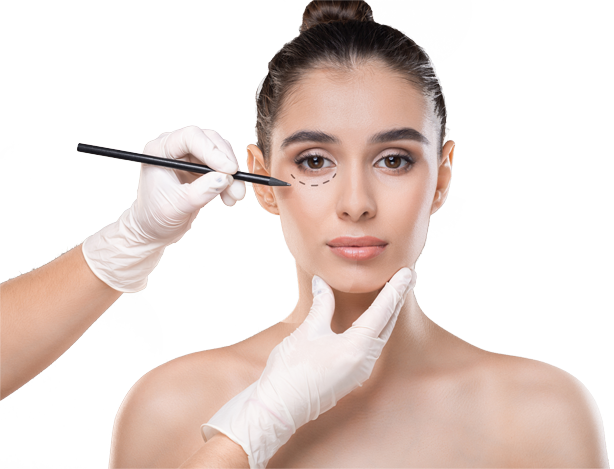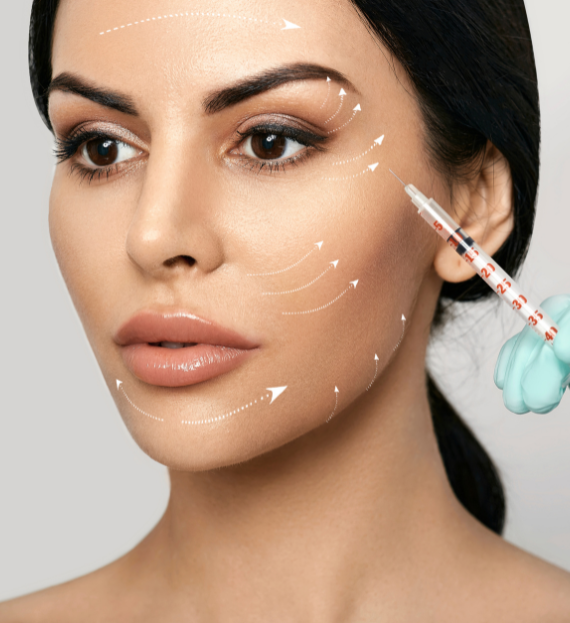Skin resurfacing
Most Popular Procedures
Skin resurfacing is a cosmetic procedure that involves removing the top layer of skin to improve its appearance and texture. There are several different methods of skin resurfacing, including:
Chemical peels: Chemical peels use a chemical solution to remove the outer layer of skin, revealing smoother, brighter skin underneath. There are several different types of chemical peels, ranging from mild to deep, depending on the strength of the solution used.
Microdermabrasion: Microdermabrasion is a non-invasive procedure that uses a special device to exfoliate the skin and remove the outer layer of dead skin cells. This can help to improve the appearance of fine lines, wrinkles, and age spots.
Laser resurfacing: Laser resurfacing uses a laser to remove the top layer of skin and stimulate collagen production, which can help to improve skin texture and reduce the appearance of fine lines and wrinkles.
Dermabrasion: Dermabrasion is a more invasive form of skin resurfacing that uses a specialized instrument to remove the top layer of skin. This procedure is typically used to treat more severe skin concerns, such as deep wrinkles or scars.
The type of skin resurfacing treatment that is best for you will depend on your individual skin concerns and goals. It’s important to consult with a qualified dermatologist or skincare professional to determine the most appropriate treatment for your needs.
Faq
Frequently Asked Questions
A. The level of discomfort during a skin resurfacing procedure can vary depending on the type of treatment and individual pain tolerance. Some procedures, such as chemical peels and microdermabrasion, may cause slight discomfort, while others, such as laser resurfacing and dermabrasion, may require local anaesthesia to manage pain.
A. Recovery time can vary depending on the type and depth of the skin resurfacing procedure. Mild treatments, such as light chemical peels or microdermabrasion, may require little to no downtime, while more invasive procedures like laser resurfacing or dermabrasion may require several days or weeks for the skin to heal.
A. Like any cosmetic procedure, there are risks associated with skin resurfacing. These can include infection, scarring, changes in skin colour or texture, and allergic reactions. It's important to discuss these risks with your skincare professional before undergoing any skin resurfacing treatment.
A. Skin resurfacing can be a good option for individuals who want to improve the appearance of their skin and address concerns such as fine lines, wrinkles, age spots, or acne scars. However, certain medical conditions or medications may make some individuals unsuitable for skin resurfacing. It's important to consult with a qualified dermatologist or skincare professional to determine if skin resurfacing is right for you.
A. The frequency of skin resurfacing treatments can vary depending on the type of treatment and individual skin concerns. Mild treatments like light chemical peels or microdermabrasion may be done every few weeks, while more invasive treatments like laser resurfacing may only be done once or twice a year. It's important to discuss the appropriate frequency of treatments with your skincare professional to avoid over-treating the skin.






